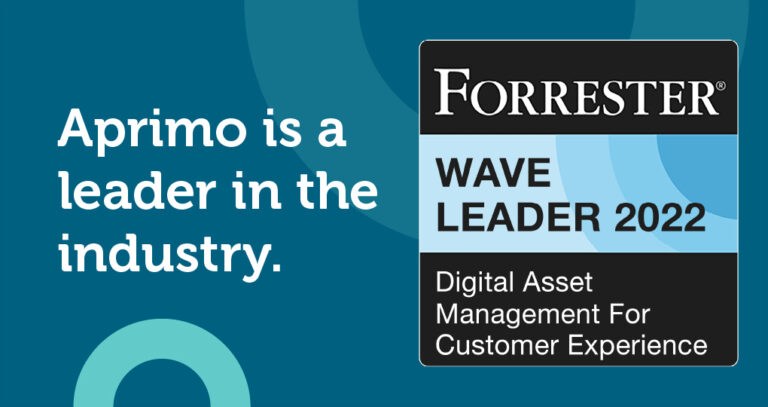DAM in Mergers and Acquisitions: Consolidating Brand Assets

In 2022, about 50,000 mergers and acquisitions (M&As) took place globally. These deals happen for various reasons, such as diversification, expansion into new markets, or consolidation of complementary businesses. In addition to other aspects of a merger or acquisition, the consolidation of digital assets is an essential part of the process. As businesses have started operating online, digital assets have become a significant portion of a company’s value. Any company undergoing a merger or acquisition should be familiar with digital asset management (DAM) and how DAM software can assist in consolidating brand assets. We’ll tackle both of these issues below.

Understanding DAM in Mergers and Acquisitions
In mergers and acquisitions, digital asset management means consolidating brand assets, such as logos, documents, images, or videos from both companies, into a single, central location. The process enables the acquiring company to have complete control over all digital brand assets.
Consolidating these assets is imperative to:
-
Maintain brand consistency across all channels.
-
Ensure easy access and retrieval of assets by employees or partners.
-
Reduce the risk of data loss.
-
Facilitate future rebranding efforts.
Challenges in Brand Asset Management During M&A
Since two companies are combining their digital assets, there are bound to be challenges. Differences exist in file formats, organization structures, metadata, and naming conventions. Common challenges include:
-
Duplicate Assets: When merging companies have similar assets, there may be duplicates. Multiple versions of the same asset wastes resources and causes confusion.
-
Brand Misalignment: The acquiring company may have different brand guidelines, causing discrepancies between the two companies’ assets.
-
Regulatory Compliance: Depending on the industry, regulatory issues might arise during DAM consolidation. One company may have stricter regulations than the other, causing a conflict.
-
Technology Integration: The difference in the technology used by both companies can complicate the consolidation of assets.


Benefits of Utilizing DAM in Mergers and Acquisitions
If there are so many challenges in DAM consolidation, why do companies still attempt it? The answer is quite simple: the benefits of digital asset management outweigh its challenges. Here are a few of them:
-
Central Asset Repository: A DAM platform acts as a central store for all digital assets. It aggregates and organizes assets from both companies, making it easier to find and manage them.
-
Better Collaboration: It doesn’t matter if the merging companies are across the globe. A DAM system ensures smooth collaboration between employees. Teams can share and review digital assets on a unified platform in real time.
-
Audit Trail: The system tracks all activities on digital assets, providing a detailed audit trail. In a merger, this is crucial for legal and compliance purposes.
-
Version Control: When multiple teams work on the same asset, changes may be made regularly. The DAM’s version control feature lets teams track changes to an asset. If there’s a need, they can always revert to previous versions.
-
Brand Integrity: Consistency is key in branding. You want customers to have a consistent brand experience, no matter which part of the company they interact with. A DAM system facilitates an on-brand and consistent use of digital assets.
Choosing the Right DAM Solution for M&A
Selecting digital asset management software for an M&A is a bit different than choosing one for a single company. Some critical factors to consider are:
-
Integrations: Does the DAM platform integrate with the different tools and systems used by both companies? If yes, it will ensure a smooth transition.
-
Scalability: Both mergers and acquisitions can bring a sudden increase in the volume of digital assets. The DAM system should be able to handle and manage this increase without any glitches.
-
Adaptability: As your brand evolves, your DAM system should be able to keep up. Choose one that fits this bill.


Implementation Strategies for Efficient Brand Asset Consolidation
First off, develop a comprehensive plan. It should include:
-
An inventory of assets from both companies
-
A list of assets to be retained and those to be discarded
-
A timeline for consolidation
Next, select a team that will handle the consolidation process. It should consist of representatives from various departments in both companies. Some companies also choose to hire a DAM consultant for expert guidance.
The final step is to choose the right DAM solution. Don’t skimp on the training process. Curate an onboarding strategy that is easy to understand and follow. Train your team on the most efficient use of the DAM system.
Again, you can take the DIY approach or seek assistance from the DAM vendor.
Frequently Asked Questions
How does DAM help maintain brand consistency during M&A?
DAM centralizes all digital assets, making them available for all teams to use. Since the new teams in an M&A may not be familiar with the brand, having a central repository ensures they use approved assets, thus maintaining brand consistency.
Can DAM solutions be customized to fit the unique needs of our brand during M&A?
Yes, most DAM solutions are highly customizable. You can work with the vendor to tailor it to your specific needs during M&A, integrating with your existing systems or creating custom workflows.
What challenges might arise during the implementation of DAM in M&A, and how can they be addressed?
There may be a host of challenges during the implementation of DAM, such as resistance to change, technical difficulties, budget constraints, data migration issues, and loss of productivity during the learning curve. These challenges can be addressed with proper DAM planning and training. A reliable DAM platform can facilitate the whole process.
How can DAM contribute to post-merger brand communication and marketing efforts?
The DAM system is not merely a repository for assets. It’s also a collaborative workspace that enables teams to work together, share feedback, and track changes. During a merger, this system can improve communication and marketing efforts by providing a single source of truth for assets, streamlining workflows, ensuring brand consistency in all communications, and keeping everyone on the same page.




